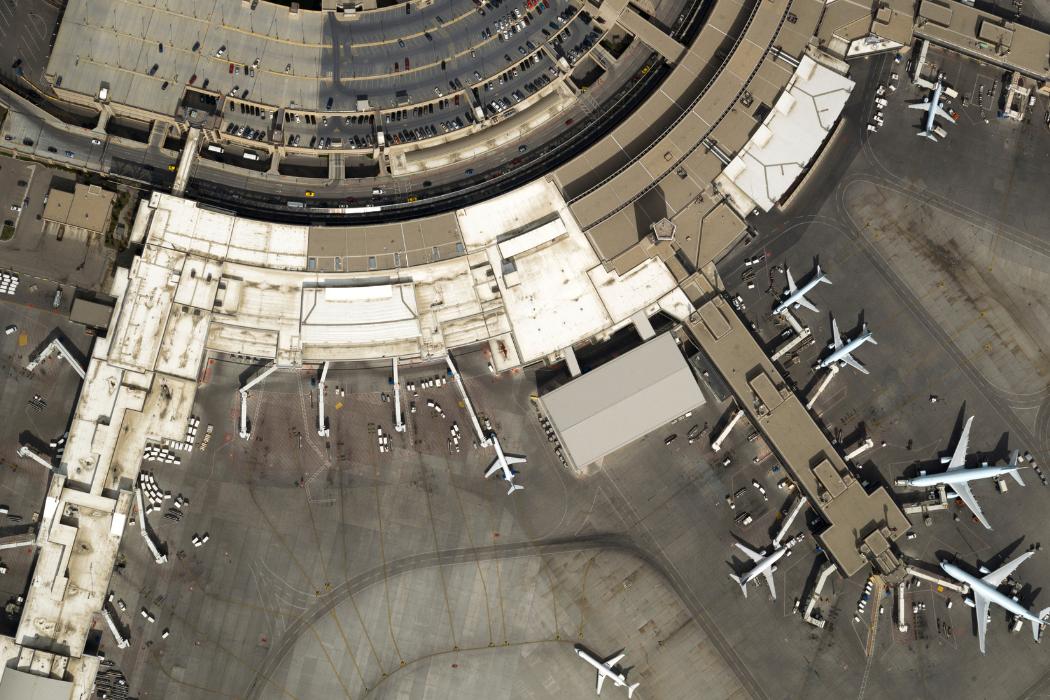
The role of air freight has changed drastically since 2020, when many shippers looked to air to keep goods moving during the COVID-19 pandemic. Demand for air rose quickly, and it became the preferred mode for many essential industries with just in time supply chain models.
A few years later, the industry experienced a flip—historically low air freight demand. In 2022, shippers were focused on cost savings. That translated into a greater focus on ocean freight for savings opportunities and a chance to work through excess inventory.
Now, heading into 2024, shippers find themselves returning to the middle—or to what feels like “normal.” But instead of also returning to old strategies, many shippers are building agility and contingency planning into their global supply chain strategy to future-proof against unexpected disruptive events. This future-proofing brings air back into focus for shippers.
In fact, in August, we saw the first growth in air cargo demand since February 2022. We see shippers tapping back into air transportation for its ability to support agile pivots from disruption.
Managing border congestion, peak retail season, and labor strikes
Demand may have normalized in the air market, but that can change quickly. Several events in 2023 have already forced many industries to lean on air, and the reliance could eat up freighter space if disruption continues.
While the automotive industry experienced labor strikes this fall, they were also dealing with extreme congestion at the U.S.-Mexico border. Many border crossing routes were closed, and increased security measures at others created delays. With a major automotive manufacturing hub in Monterrey, Mexico, several automotive companies were experiencing the perfect storm of disruption.
Due to the nature of their just in time inventory model, delayed freight had serious consequences for the business once the strike ended. For many C.H. Robinson customers in the area, we secured air charters in just a few hours to keep goods moving. When other modes were experiencing congestion, air allowed these shippers to quickly pivot.
Automotive isn’t the only industry relying on air freight before the end of the year. While the traditionally busy holiday season is slower than previous years, the air market is still seeing a spike in demand. New consumer technology releases during the holidays—and the accessories that they can spark demand for—can put a strain on air capacity in these months.
Meanwhile, geopolitical events unfolding around the world can also create limitations or restrictions in the air market. Additionally, labor negotiations for some East Coast ports in North America will begin at the end of 2023 and likely stretch into 2024. The global supply chain is ripe for disruption, and air market demand will likely increase.
Air freight is a proven solution for nearshoring
In recent years, many companies looking to diversify their operations have embraced the nearshoring trend. But some have realized too late in the process that they need to do more than relocate a factory—they also need to recalibrate the entire supply chain supporting that factory. For these companies, air shipping has helped minimize disruptions and close sourcing gaps as they’ve worked to secure part and component sources for their new factory locations.
Contingency planning with a trusted partner
Contingency planning can help your supply chain prepare for and adjust to these risks. Working with a trusted freight forwarder can bring greater agility to your plans by helping you seamlessly shift from one mode to another. If you need to transport components from Italy and the air market suddenly tightens, a forwarder could quickly move the components by truckload to another location in Europe where air capacity is available.
The right forwarder can also help you get creative when there are disruptions. For example, you may need to manage the buildup of inventory if a strike lasts for an extended period of time. When you don’t want suppliers to stop production—and you also don’t want to buy more warehouse space to store their parts—a forwarder could transition those parts to ocean freight, essentially using a mode that is slower to create a moving warehouse.
While we can’t predict all the disruptions that will happen in 2024, it’s critical to have a strong strategy in place. A strategy that combines air freight with well-thought-out contingency plans will help put your operations in a better position to resume without delay while mitigating risk to your profitability.
Final thoughts
Even with the air market returning to more normal and predictable demand levels, air freight capacity can change quickly.
When considering air freight, remember that a freight forwarder with scale like C.H. Robinson can provide significant value. Extensive carrier relationships and comprehensive air freight services can help you navigate the nuances of air shipping to get you the best option at the best cost.
Learn more about how air freight can become a part of your supply chain strategy.



